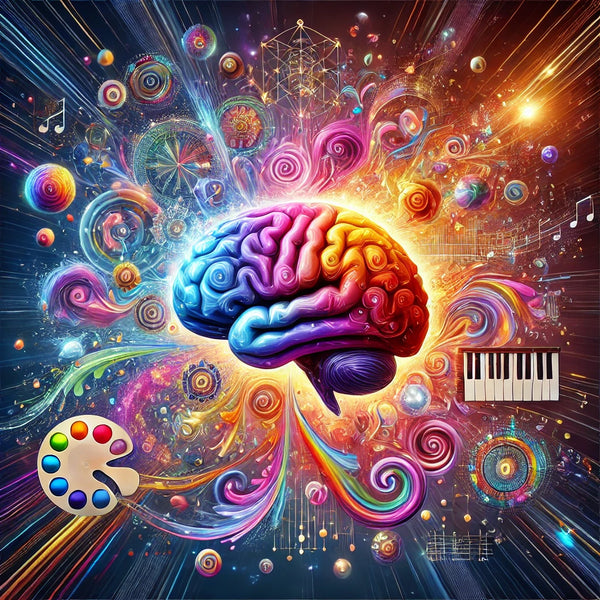
Are Artists' Brains Different from Others'

Q: Are artists’ brains wired differently from non-artists?
A: It’s not necessarily about wiring but rather how their brains process information. Research shows that artists often exhibit heightened activity in the right hemisphere, associated with creativity, spatial awareness, and visual thinking. However, they also use their left hemisphere to balance technical precision. This unique combination enables them to merge imagination with execution.
Q: Does creativity come from nature or nurture?
A: It’s a blend of both. Some people may have a natural predisposition towards artistic thinking due to genetic or neurological factors, like increased connectivity in certain brain regions. However, environment and practice play a massive role. Exposure to art, encouragement to think differently, and years of skill refinement all contribute to shaping an artist’s mind.
Q: What about perception? Do artists see the world differently?
A: Absolutely. Studies suggest that artists are better at observing fine details and interpreting them in unique ways. They don’t just see objects; they notice shadows, colors, and textures in intricate detail. This heightened perception allows them to find beauty and inspiration in everyday life.
Q: Is there a downside to this kind of thinking?
A: Artistic minds may sometimes be more sensitive or prone to overthinking. Their deep connection to emotions and creativity can make them more vulnerable to stress or self-doubt. But this sensitivity also fuels their ability to create deeply moving work.
Q: Can non-artists train their brains to think more like artists?
A: Absolutely! Practices like drawing, creative writing, or simply observing your surroundings can help anyone tap into their creative potential. Art is as much about mindset as it is about skill. Everyone has an artist within—they just need to nurture it.

